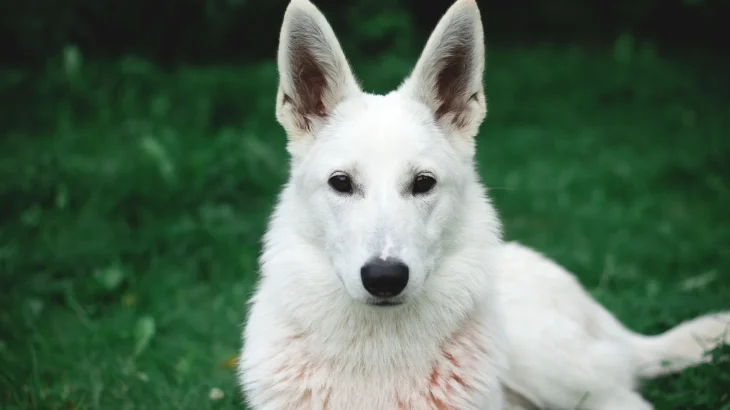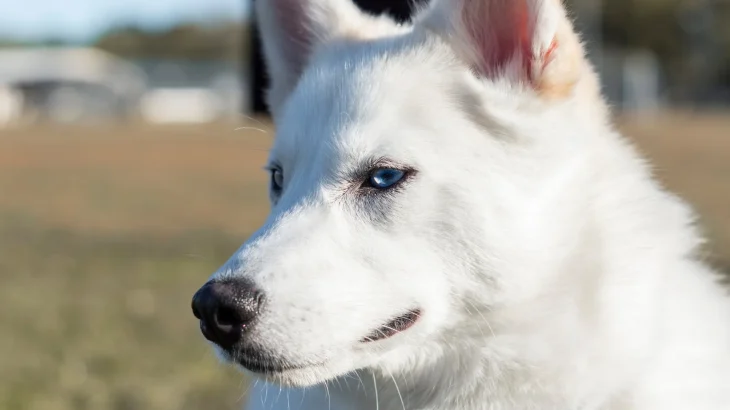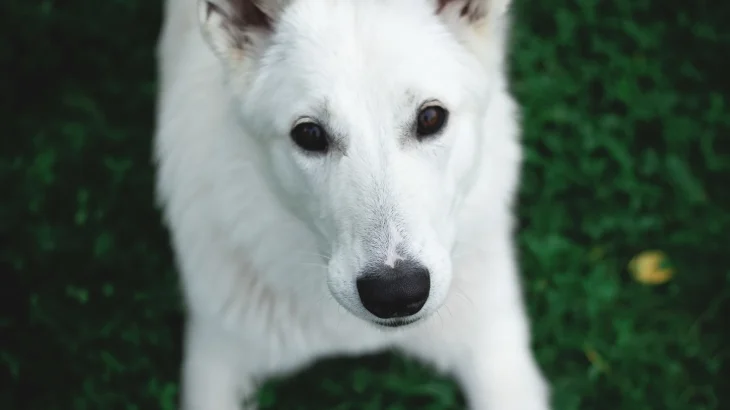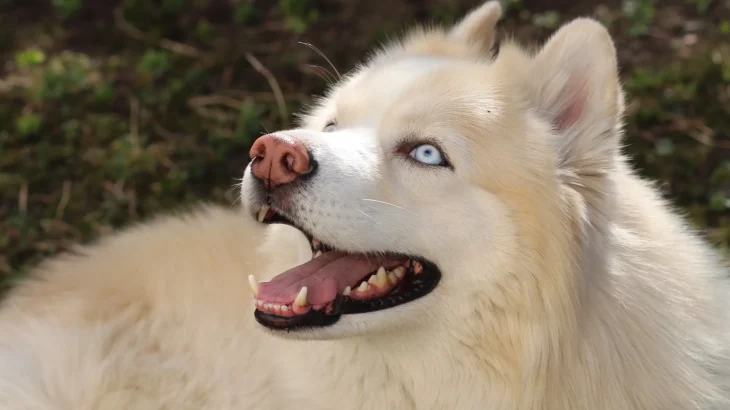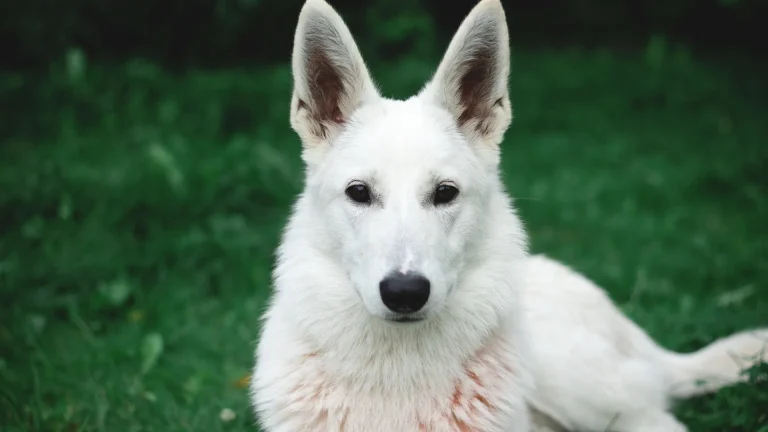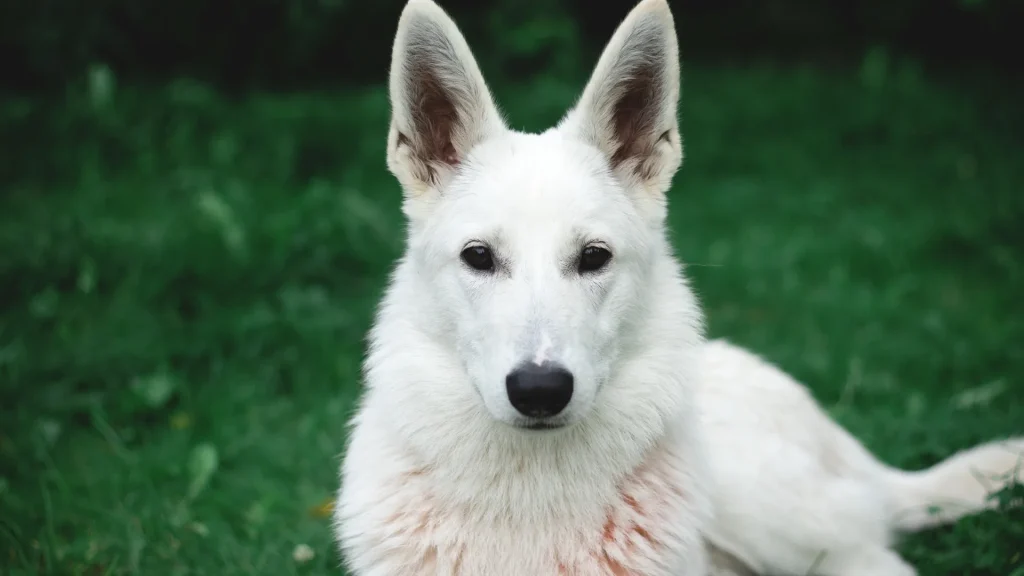When deciding between adopting or buying a White German Shepherd puppy, the choice often comes down to factors like cost, health history, and ethical considerations. Purchasing from a breeder usually offers more predictable information about the puppy's lineage and health, whereas adopting can be a compassionate choice that supports animal welfare but might come with less certainty.
Adoption vs. Breeder: Pros & Cons
| Criteria | Buying from Breeder | Adopting from Shelter/Rescue |
|---|---|---|
| Cost | Generally higher, often $1,000 to $3,000 for a White German Shepherd puppy. | Lower fees, typically $50 to $300, more affordable. |
| Health History | Breeders provide detailed health records and genetic test results. | Health history can be limited or unknown; shelters often do basic assessments. |
| Age Availability | Primarily puppies, letting you raise your dog young. | Variety of ages; puppies, adults, or seniors. |
| Temperament Insight | Breeders offer insight into lineage and expected temperament. | Shelter staff share behavioral observations; full background can be unclear. |
| Supporting Practices | Supports ethical breeding programs with responsible breeders. | Helps provide homes for dogs in need, promoting welfare. |
| Breed Purity & Pedigree | Confirmed pedigree and breed standards documented. | Breed purity may be uncertain or mixed; pedigree rarely guaranteed. |

